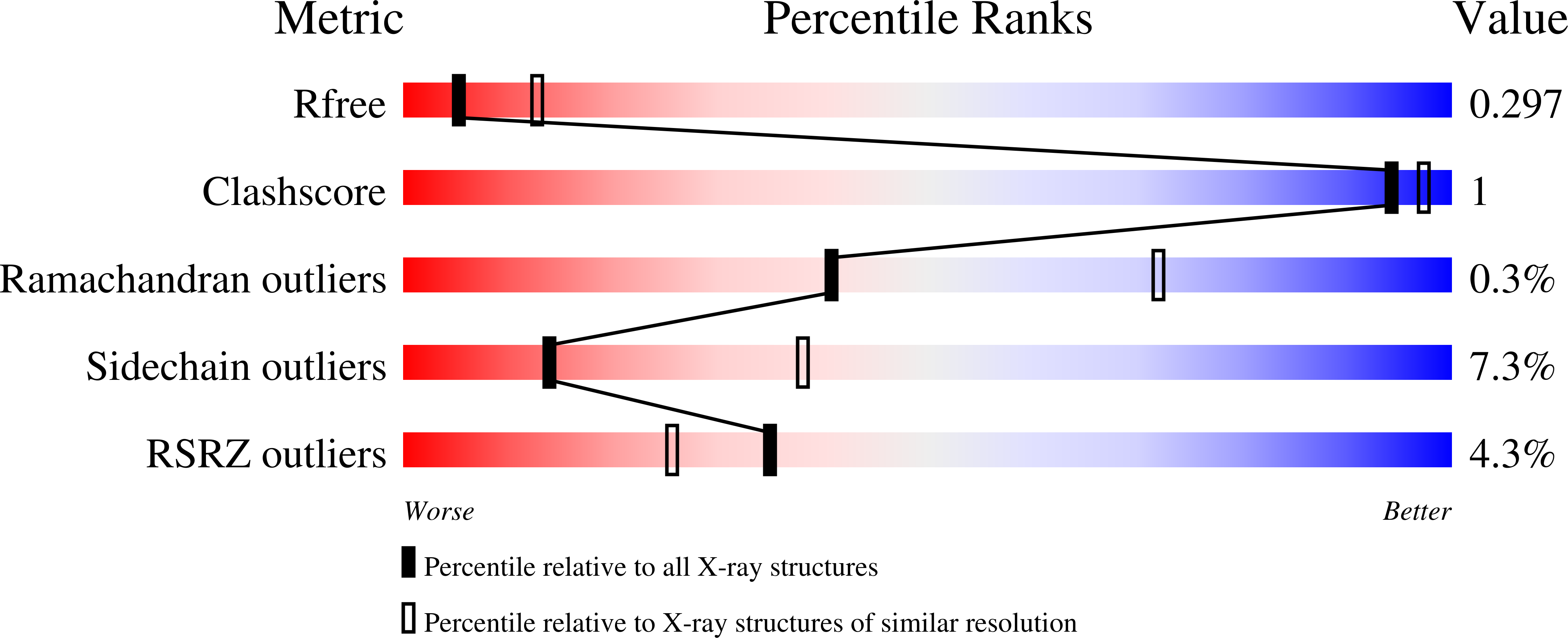
Deposition Date
2020-06-08
Release Date
2020-12-02
Last Version Date
2024-11-06
Entry Detail
PDB ID:
6XCJ
Keywords:
Title:
Crystal Structure of DH650 Fab from a Rhesus Macaque in Complex with HIV-1 gp120 Core
Biological Source:
Source Organism:
Human immunodeficiency virus 1 (Taxon ID: 11676)
Macaca mulatta (Taxon ID: 9544)
Macaca mulatta (Taxon ID: 9544)
Host Organism:
Method Details:
Experimental Method:
Resolution:
2.80 Å
R-Value Free:
0.28
R-Value Work:
0.22
R-Value Observed:
0.22
Space Group:
P 21 21 2


